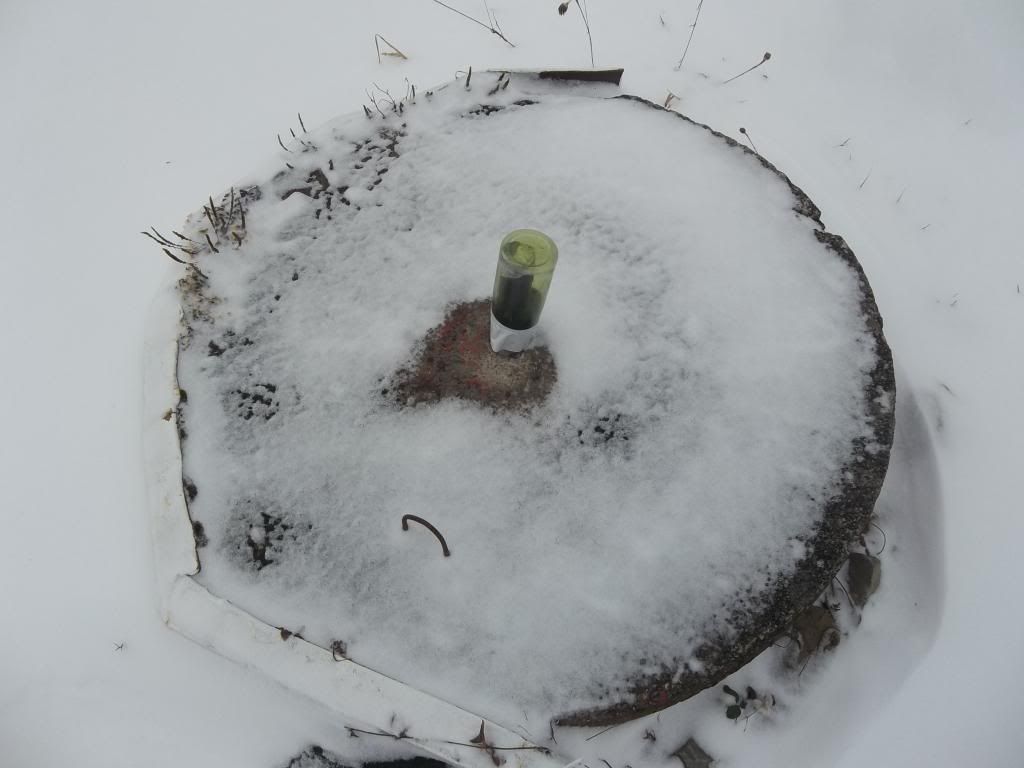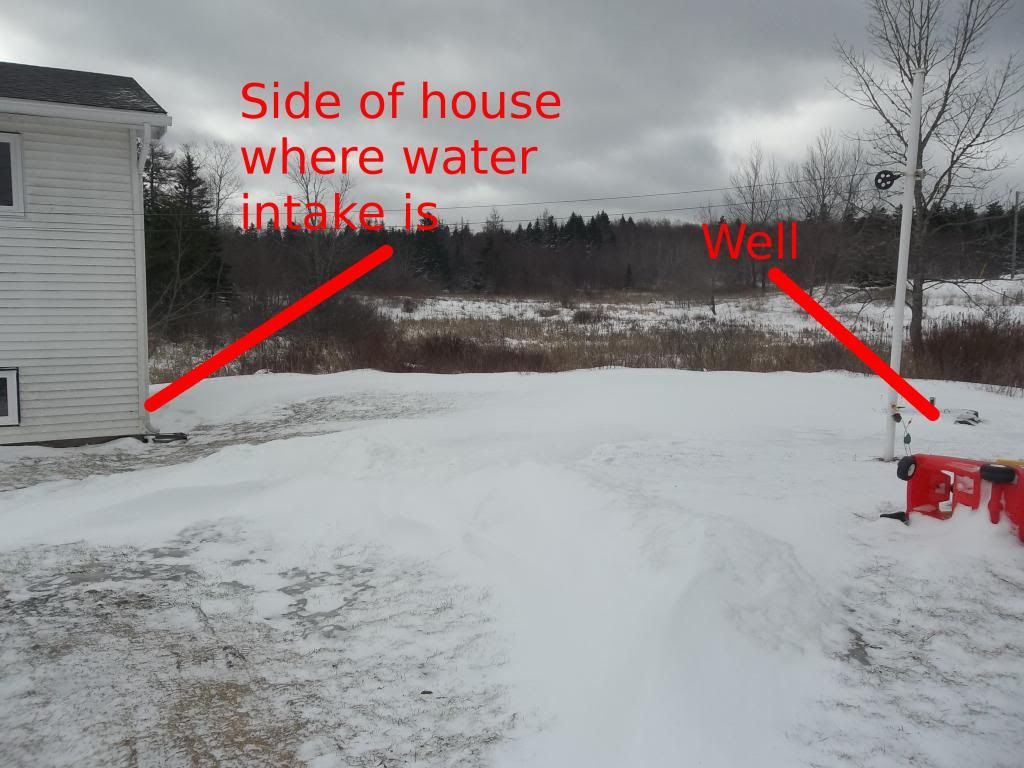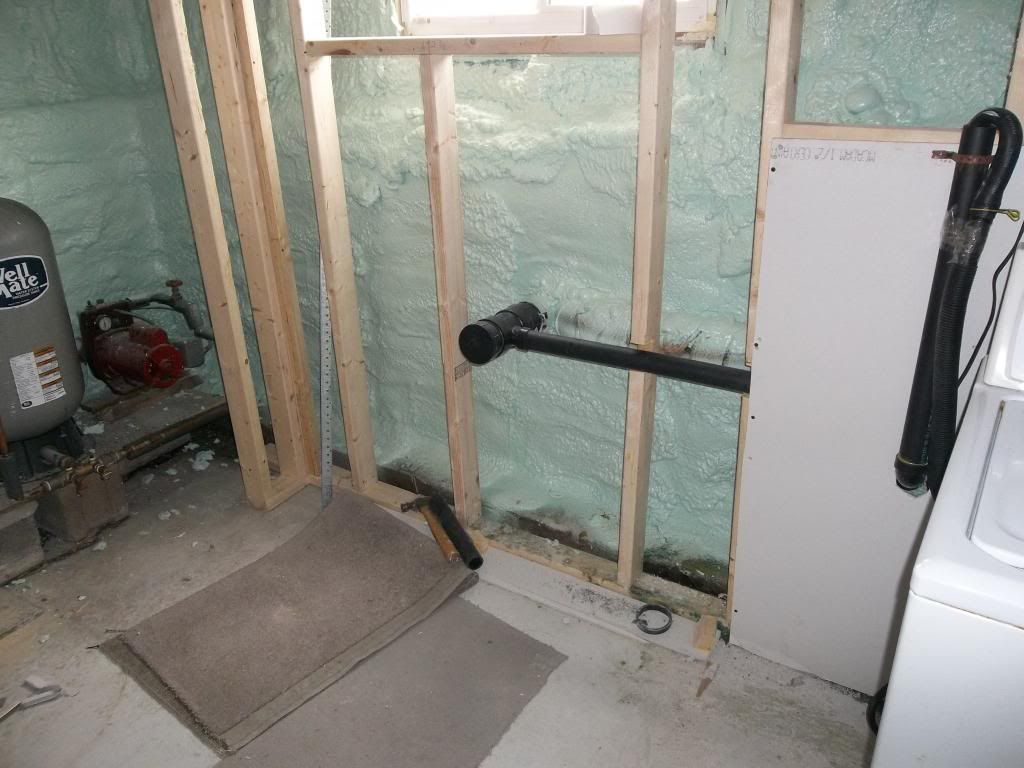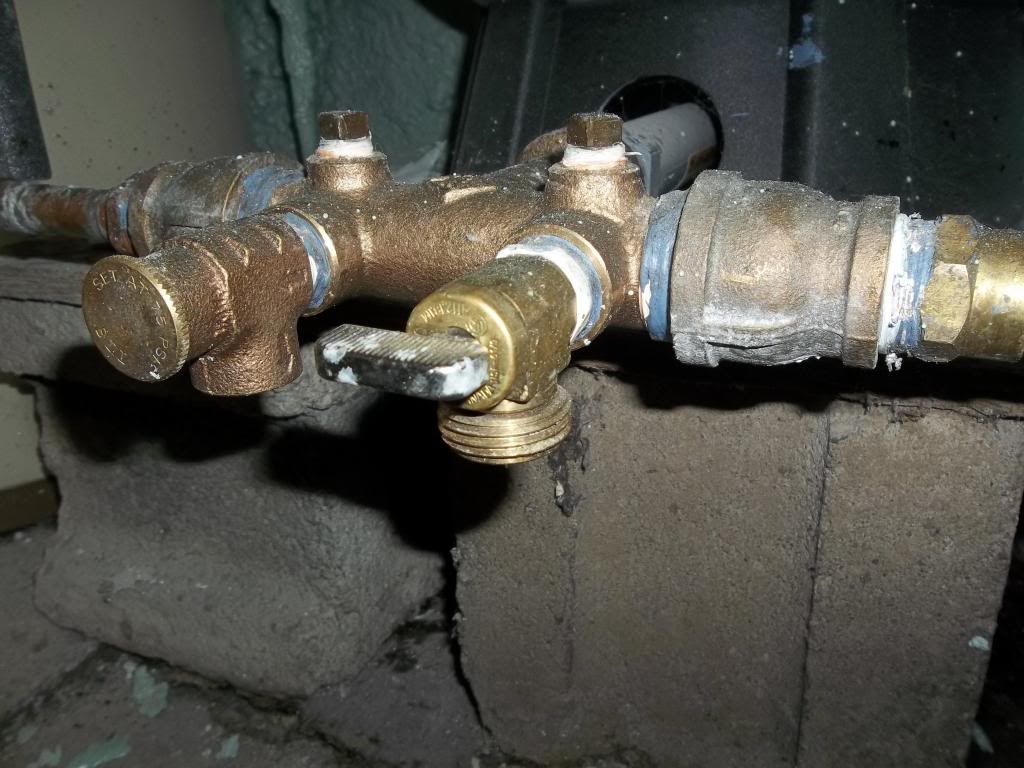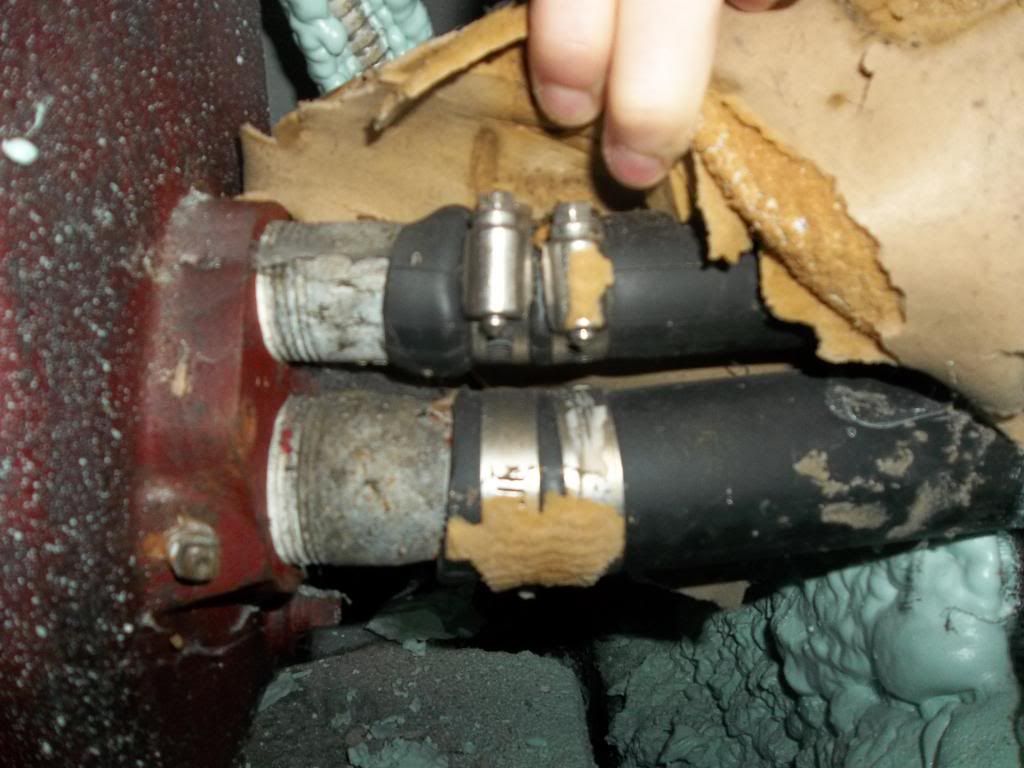I was wondering if it is possible to rig our electric pump so that during a power outage we can pump it by hand to fill the pressure tank. I read this link here http://www.popularmechanics.com/home/improvement/electrical-plumbing/1275136 and as far as I can tell, it is a single drop jet pump system. *EDIT*: It appears to be a double drop (not single drop) pump system, according to the link. I posted a picture in another post in this thread showing two pipes going into the pump). *END EDIT* Here are some pictures of the pump and pressure tank:
![Image]()
![Image]()
![Image]()
![Image]()
Is it possible to attach some kind of crank or lever to the existing electric pump to turn the shaft and draw up water by hand? Or would we need to attach a completely separate hand pump? If so, where would we hook it up? Can we fill the pressure tank by hand? Or would we need some way to re-route the water with a shut-off valve during a power outage?
Here is an example of what I "kind of" want to do: http://www.survivalistboards.com/showthread.php?t=155774
The only thing is, in this case it is a submersible pump. My pump is right in the basement. The other problem is that the drainage pipe that leads to the septic tank outside is several feet from the ground (rather than right in the ground). So a sink would not be very practical since we would have to build one on a platform and have stairs going up to it in order for it to drain. Or we would have to have a pump to pump the drainage out, which would defeat the purpose in an electrical outage scenario.
So that is why I thought it would be best to pump into the pressure tank. I know absolutely nothing about these things. And how would I know whether our electric pump gets the water by suction or by a moving rod to push the water (I'm still a bit fuzzy about this one)? And how would that affect how the hand pump would work?
We are looking for the cheapest, most discrete way of getting water without electricity. We also don't want to sink in a whole bunch of money since we are tenants and not owners. We can get permission from our landlord (she lives next door) to make changes, but we don't want to make HUGE changes.
I'm tired of losing water during power outages. Nova Scotia Power is TERRIBLE (and we pay the 2nd highest prices in Canada for power), and so the power goes out quite frequently. And I want to be prepared for long term. And it's really annoying when I post this question on a forum and someone replies, "Why don't you get a generator?" Any help would be appreciated! Thanks!
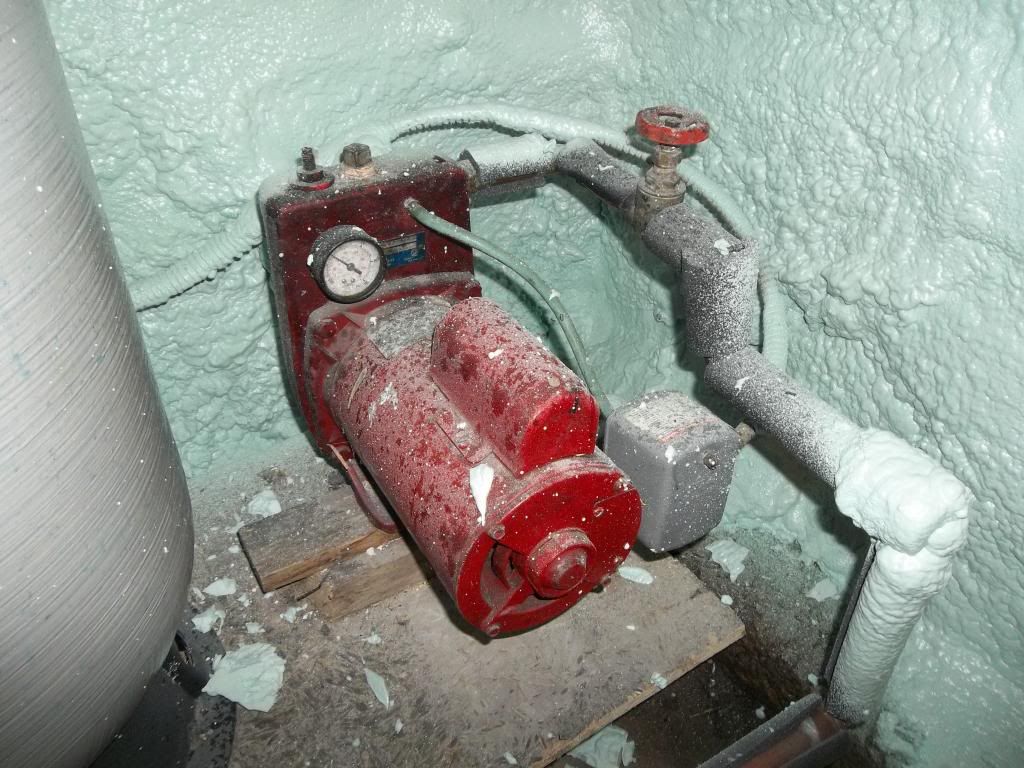
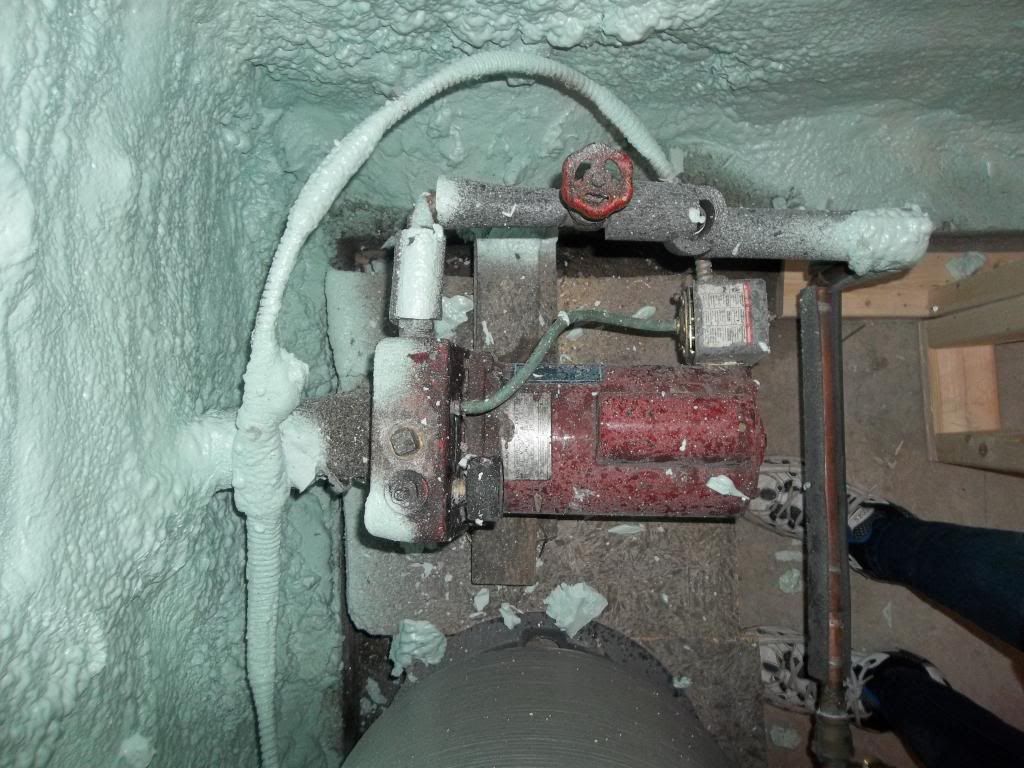


Is it possible to attach some kind of crank or lever to the existing electric pump to turn the shaft and draw up water by hand? Or would we need to attach a completely separate hand pump? If so, where would we hook it up? Can we fill the pressure tank by hand? Or would we need some way to re-route the water with a shut-off valve during a power outage?
Here is an example of what I "kind of" want to do: http://www.survivalistboards.com/showthread.php?t=155774
The only thing is, in this case it is a submersible pump. My pump is right in the basement. The other problem is that the drainage pipe that leads to the septic tank outside is several feet from the ground (rather than right in the ground). So a sink would not be very practical since we would have to build one on a platform and have stairs going up to it in order for it to drain. Or we would have to have a pump to pump the drainage out, which would defeat the purpose in an electrical outage scenario.
So that is why I thought it would be best to pump into the pressure tank. I know absolutely nothing about these things. And how would I know whether our electric pump gets the water by suction or by a moving rod to push the water (I'm still a bit fuzzy about this one)? And how would that affect how the hand pump would work?
We are looking for the cheapest, most discrete way of getting water without electricity. We also don't want to sink in a whole bunch of money since we are tenants and not owners. We can get permission from our landlord (she lives next door) to make changes, but we don't want to make HUGE changes.
I'm tired of losing water during power outages. Nova Scotia Power is TERRIBLE (and we pay the 2nd highest prices in Canada for power), and so the power goes out quite frequently. And I want to be prepared for long term. And it's really annoying when I post this question on a forum and someone replies, "Why don't you get a generator?" Any help would be appreciated! Thanks!


